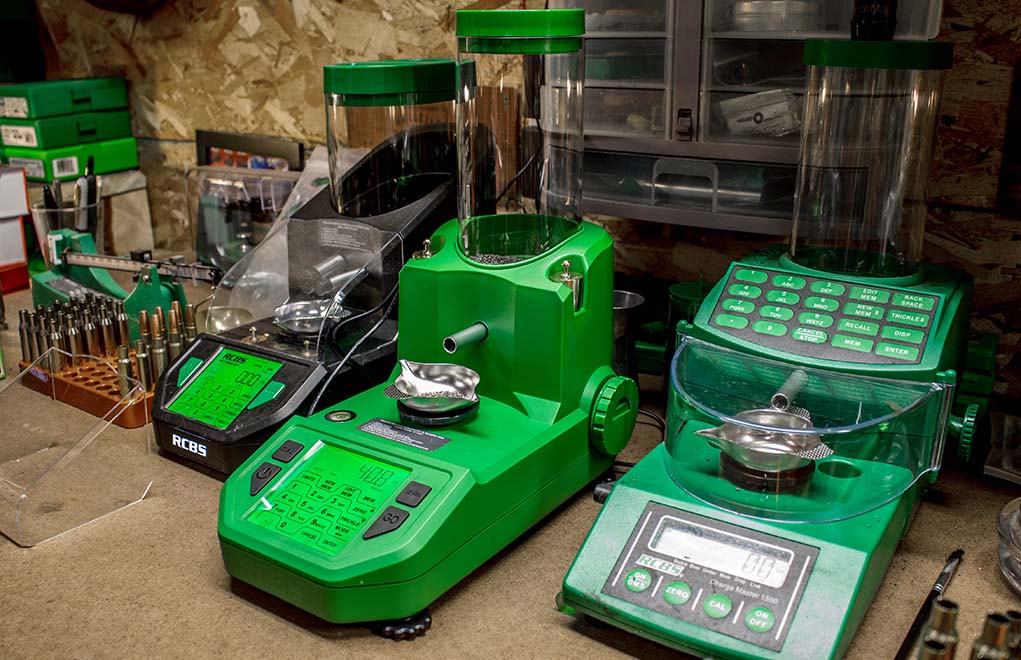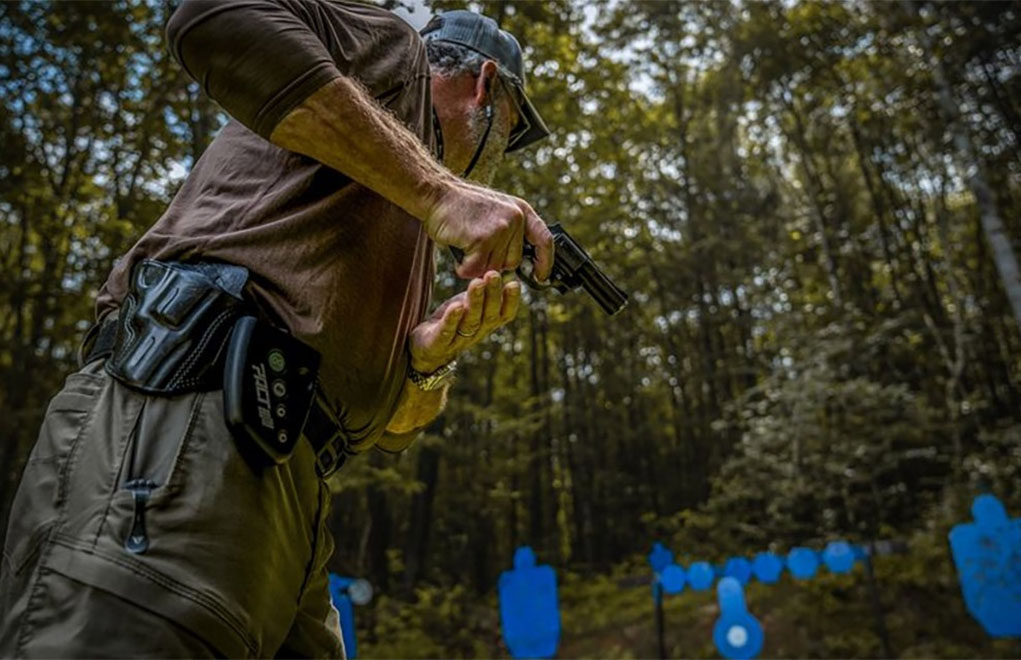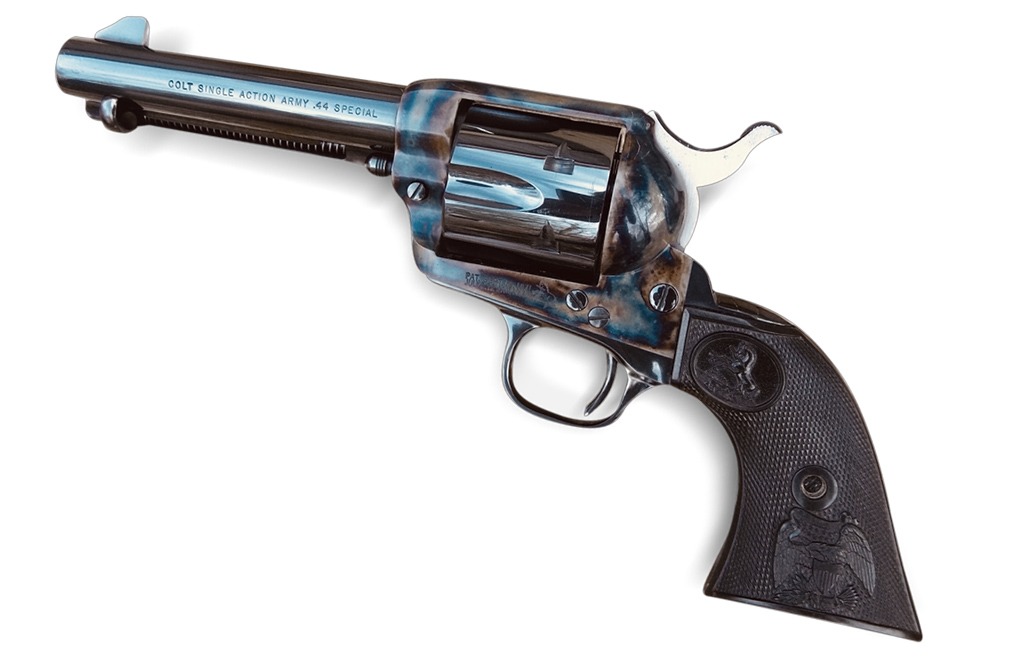I am late in getting out this report after the 10 Great Handguns and 10 Great Shotguns Report. Perhaps the ‘great rifles’ are so awesome it was difficult to choose one over the other. These rifles made their mark in warfare hunting, and exploration. Some of these rifles are still in use in hot spots worldwide, especially the Lee Enfield and Mauser types. Let’s look at 10 great rifles.
Henry 1860 .44
There are a very few select number of rifles that represent true ‘Americana.’ The Henry is perhaps the quintessential representation of such. The Henry rifle was used during the War Between the States and later developed into the Winchester 1866 rifle. Compared to the standard musket of the day, the Henry lacked power but its magazine capacity of 16 cartridges would be a devastating advantage at close range. The Henry’s tactical niche was much the same as a submachine gun was used during later years.

The Henry rifle was much stronger than the original Volcanic action, with modifications to the feed design, shell carriage, and barrel. The sights are graduated to an optimistic 800 yards. The Henry was also an important rifle during the westward movement.
I have fired the modern Uberti version extensively. It is well made of good material and chambers modern centerfire cartridges. The original Henry fired a rimfire .44 caliber cartridge. A 200-grain bullet at just over 1,000 fps isn’t impressive in most terms, but the Henry paved the way for stronger and more powerful actions.
Springfield 1873
While there have been reproductions, I have been privileged to fire an original Springfield. The unique trap door action and superb long-range sights made the Springfield a formidable rifle on the plains. The .45 70 cartridge was among the most powerful military cartridges ever fielded.
Why the long, heavy Springfield when repeaters were available? The war on the plains demanded a long-range cartridge capable of taking down an Indian war pony at extreme ranges. For all the blush of technology, the Springfield was rugged, reliable, and powerful.

Interesting enough, the .45-70 cartridge was tested on old shipwrecks and hulls at ranges over one mile! The carbine version was much less accurate and not as useful. The Springfield was in military stores until World War II.
Many were used for guard duty in the Philippine wars. The Moros were very hard to stop even with the .30-40 Krag rifle, and the stopping power of the Springfield .45-70 was not in question. Many were used in hunting big game, long after they were out of military service.
Lee Enfield .303
The Lee Enfield dates to the Lee Metford of 1888. Someone said the Germans designed the Mauser for hunting, Americans designed the Springfield for target shooting, and the Lee Enfield was designed for war. The 10-shot magazine was fed by stripper clips.
The bolt action is very robust and proved durable during trench warfare. The Lee Enfield’s rapid fire capability was by far superior to any other of the time. The rifle was used well into the 1960s, as the UK did not adopt a self-loading rifle until 1957.

The legendary Canada Rangers issued the Lee Enfield until very recently, replacing its aging rifles with a 10-shot SAKO in .308. As recently as 2020, Lee Enfield rifles were seen in the hands of Indian troops and police during a terror attack.
The rifle was manufactured in several variants including the legendary, and much misunderstood, jungle carbine. Sniper variants may still be in service.
Krag Rifle
Manufactured by Springfield Armory and based on the Krag Jorgensen rifle, the Krag was a bold advance over the Springfield 1873 rifle. Firing a powerful .30 bottleneck cartridge, the Krag proved a reliable and accurate rifle. Its side-loading design was not as fast as the Mauser’s clip loading, and the action was not as rugged. For the time however, the Krag was a great rifle.

Remember, the Krag was a contemporary of the 1888 Mauser, not the 1898 Mauser, as the Krag was adopted in 1892. The Krag saw service during the Spanish American War and Philippine War as well. It isn’t well known, but Krag rifles were carried overseas during World War I, issued to secondary units. They do not appear to have seen action in that conflict. The United States gave away thousands of Krags to Latin America, some were in use as late as the 1960s by Cuban militia.
Winchester 1894
The good old Thutty-Thutty has taken quite a bit of game — including some that seem an overmatch. This lever-action rifle is reliable, fast handling, and easily stored. Not the most powerful cartridge today, but in its heyday, it was a sensationally flat shooting cartridge.
The 1894 has seen tremendous use in the game field. It also saw more military use than it is generally credited with serving with the Canada Rangers and British naval forces in limited numbers. Many police agencies issued the Winchester well into the 1970s. It is still a useful rifle with many good attributes. Ranchers and outdoorsmen cherish the 1894’s reliability. At modest range, the .30-30 or .32 Special are all about shot placement.
Winchester 1895
The Winchester 1895 was never as popular as the 1894 — not even close! The 1895 features an inline magazine accommodating powerful cartridges such as the .30-40 Krag and .30-06 Springfield. This is an accurate and powerful rifle that doesn’t have the slim looks of the 1894. Just the same, this is a modern rifle that provided lever-action fans with an alternative to bolt-action rifles.

The 1895 was used by the Arizona Rangers. Millions were used by Russia during the first world war chambered in 7.62x54mm. The rifle is still in production and often found under the Browning name. The long lever throw (necessary with bottleneck cartridges) makes it slower to handle than the 1894 rifle but it is much more powerful. The .405 Winchester rifle saw quite a bit of action in Africa against big game.
Mauser 98
Arguably the most important bolt-action rifle of all time, the Mauser introduced controlled feed action in a smooth, reliable bolt-action rifle. Used foremost in military rifles, the Mauser design was also adopted in sporting rifles — especially those intended for use against dangerous game. The Mauser was chambered in the powerful 8mm Mauser cartridge originally.

Mauser actions have been chambered in practically every rifle caliber introduced in the past 120 years. Carbines, rifles, engineers’ rifles, sniper rifles, and training rifles based on the original rifle were in wide use. The Mauser rifle remained on the front line and in use in military arsenals well into the 1960s. The Mauser — of one type or another — is still sometimes seen in the news in the Middle East or Africa.
Springfield 1903
The Springfield is a legendary rifle that served in two World Wars, the tail end of the war in the Philippines, and in Korea and beyond as a sniper rifle. The sights were among the best of the era and the rifle chambers the powerful .30-06 Springfield cartridge.

The Springfield, in my experience, is among the smoothest handling and most reliable of all bolt-action rifles, taking the proven Mauser controlled feed to a different level. The Springfield is among the rifles that served America long and well. I have owned several and made certain my sons own an example of this rifle.
The Springfield is easily my favorite of the 10 rifles covered in this report. The Springfield was designed around the .30-06 cartridge. The Springfield is still a legendary rifle. If you can own only one of the 10 rifles covered, I would recommend the Springfield 1903. It is a fine shooter and will take your game cleanly if need be.
Savage 1899
The Savage 1899 was intended to compete in military procurement testing. With its smooth profile and superbly-reliable rotary magazine, the Savage rifle was easily the most modern lever-action rifle of the time. The rotary magazine allowed the rifle to chamber powerful bottleneck cartridges with pointed bullets. The rifle never received a large military contract.

Just the same, the Montreal Home Guard and other smaller institutions issued the Savage. There were many calibers offered including .30-30, .303 Savage, .300 Savage, and the hot-stepping 250-3000 Savage. The rifles were popular with those in the frozen North for reliability. Like many of the early .30 cartridges, they were often overmatched against large bears and moose at longer ranges. The rifle was later chambered in .308 Winchester.
Savage 1920
After World War I, Remington introduced a sporting version of the Enfield .30-06 rifle it had manufactured for the Allies. While rugged, smooth, and accurate, the 30S was a heavy rifle. Savage took another route and shortened a rifle it had entered in military competetion. The action was 1.25-inch shorter than the Mauser action.
The 1920 rifle was chambered in .250-3000 or .300 Savage. A light, fast-handling, and accurate rifle, the Model 20 proved popular. The Model 20 is the most obscure of these 10 great rifles, but it is visible in spirit in many modern bolt-action rifles intended for lightweight and easy packing ability.

The Savage rifle was available in 22-inch and 24-inch barrels. I owned the original in .300 Savage. The .300 Savage is closer to the .308 than the .30-30 in power and uses Spitzer bullets to an advantage. I am a man of few regrets, but perhaps I should have kept the old Savage. It fits my style now better than it did 20 years ago.
These are 10 great rifles, great shooters, and each with a bit of history. What are your favorites? Share your answers in the Comment section.
Read the full article here













